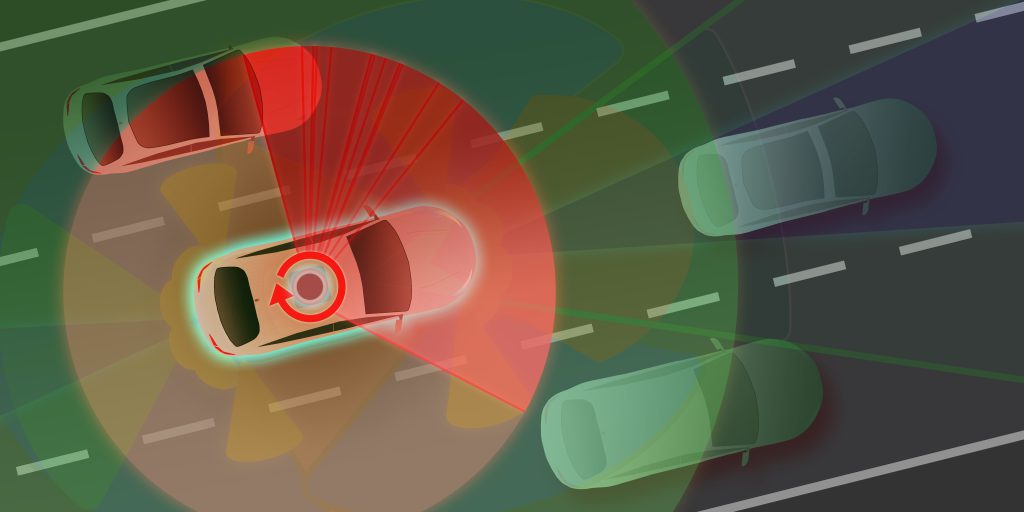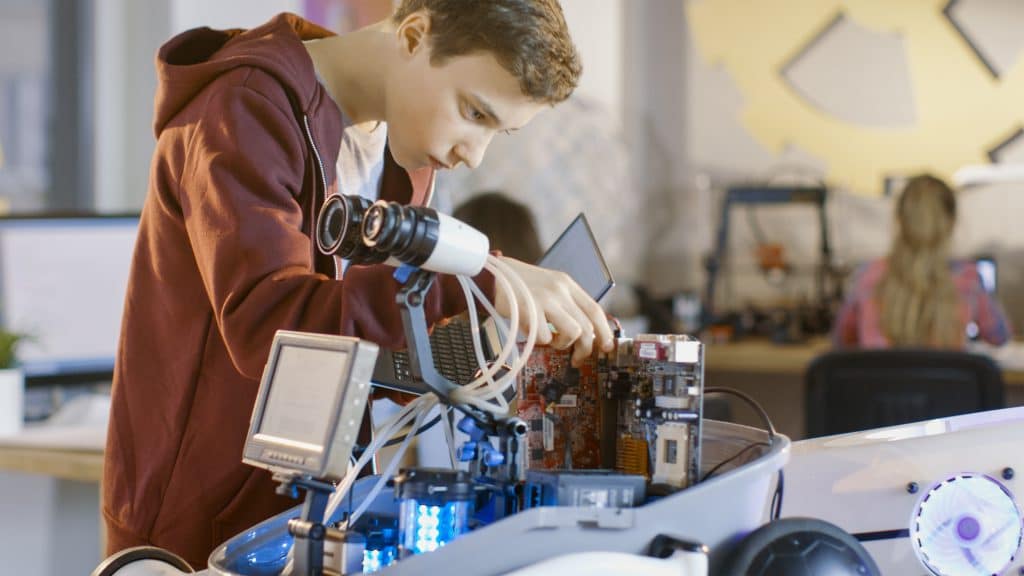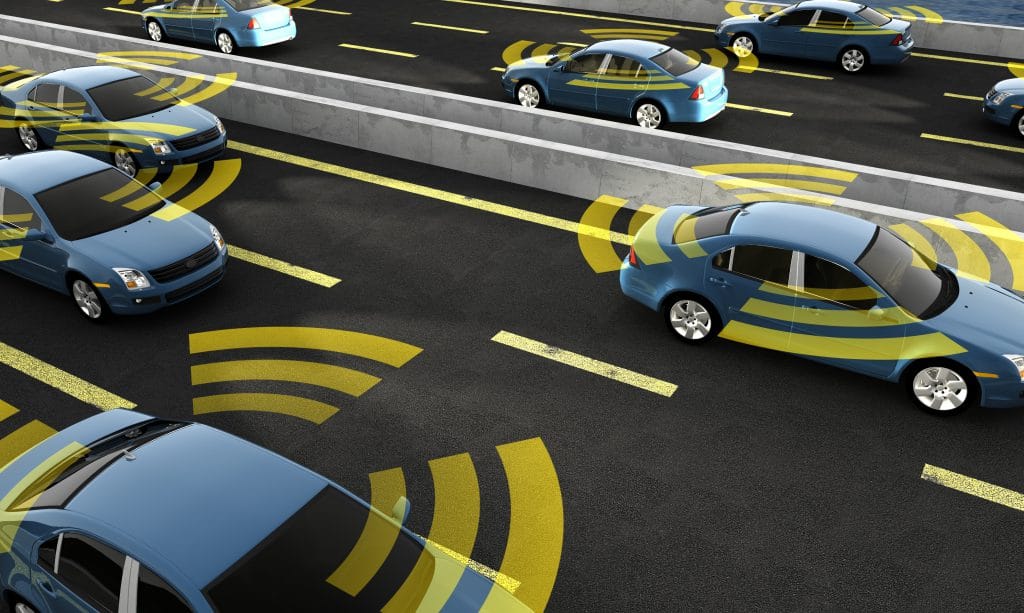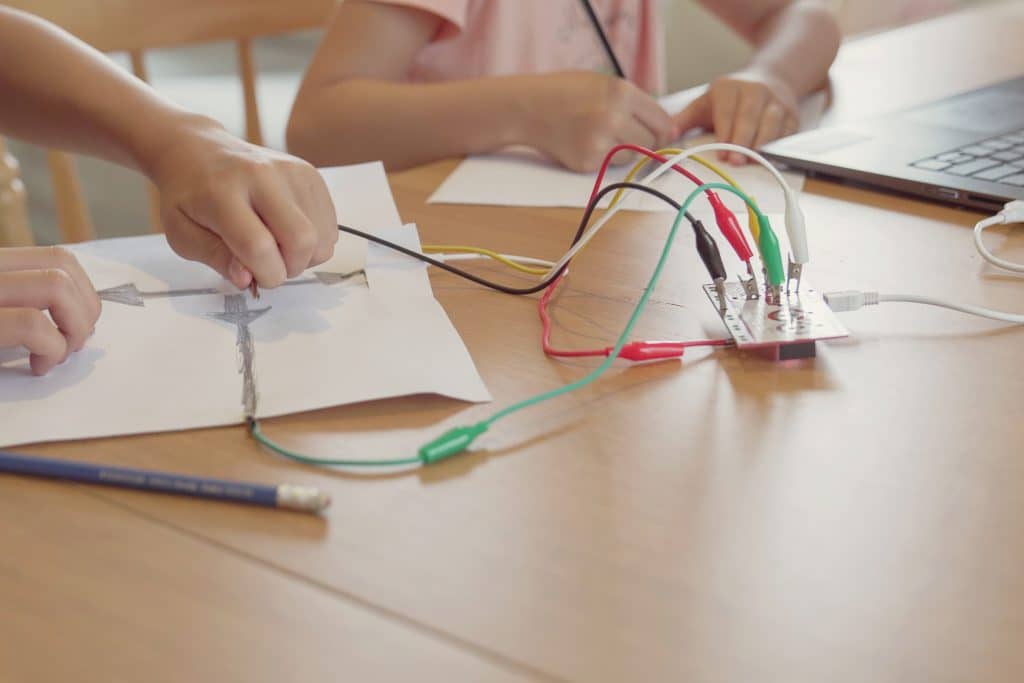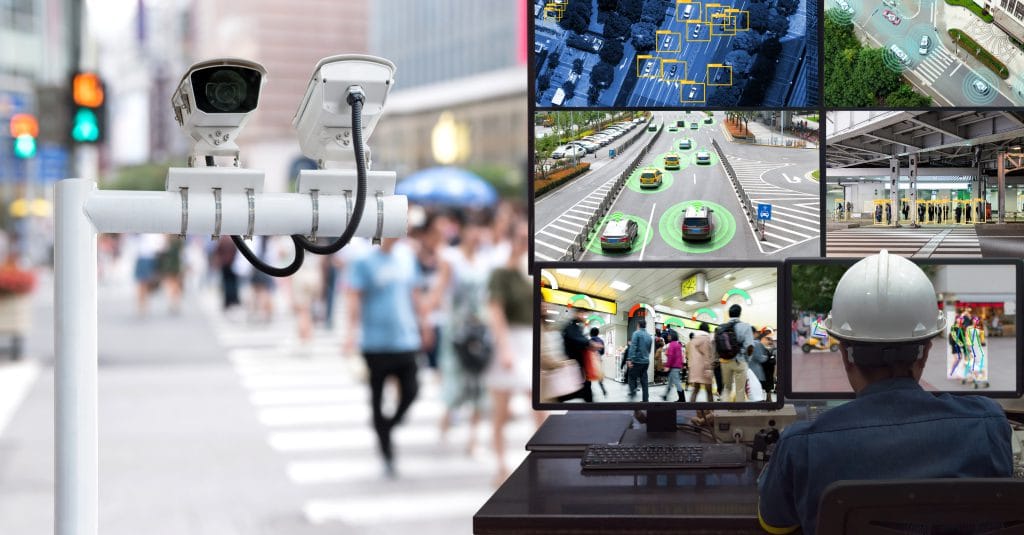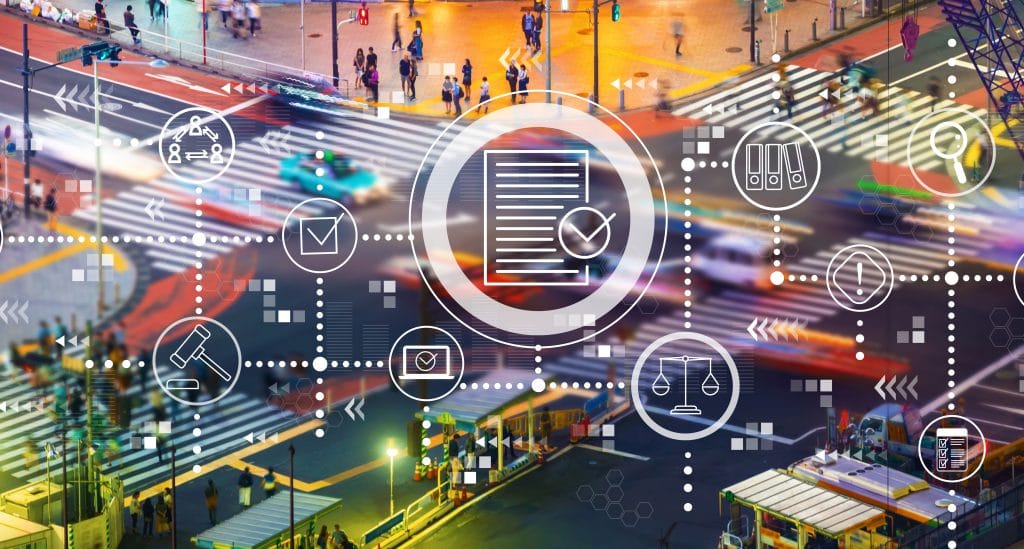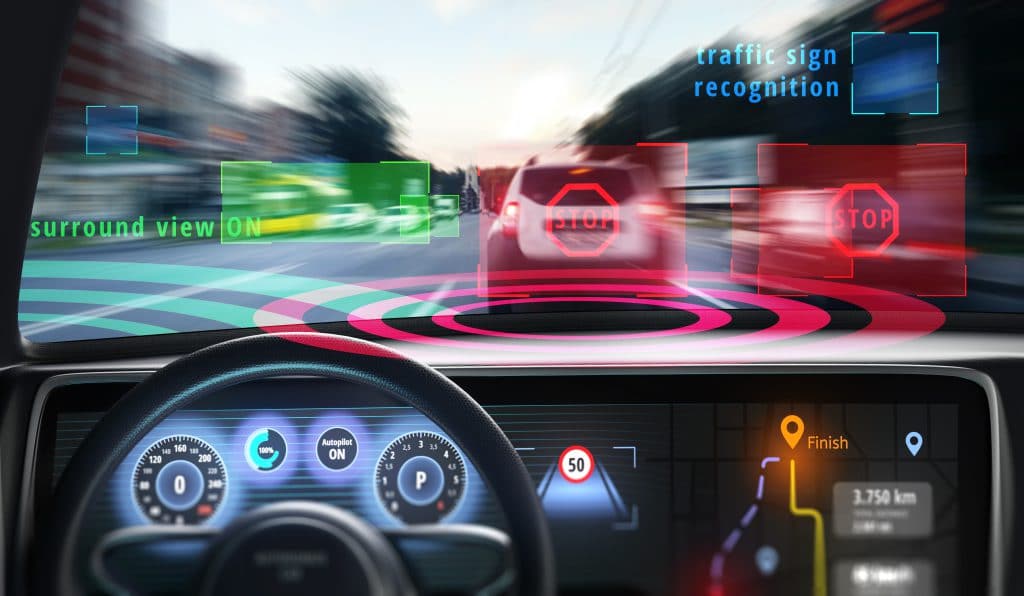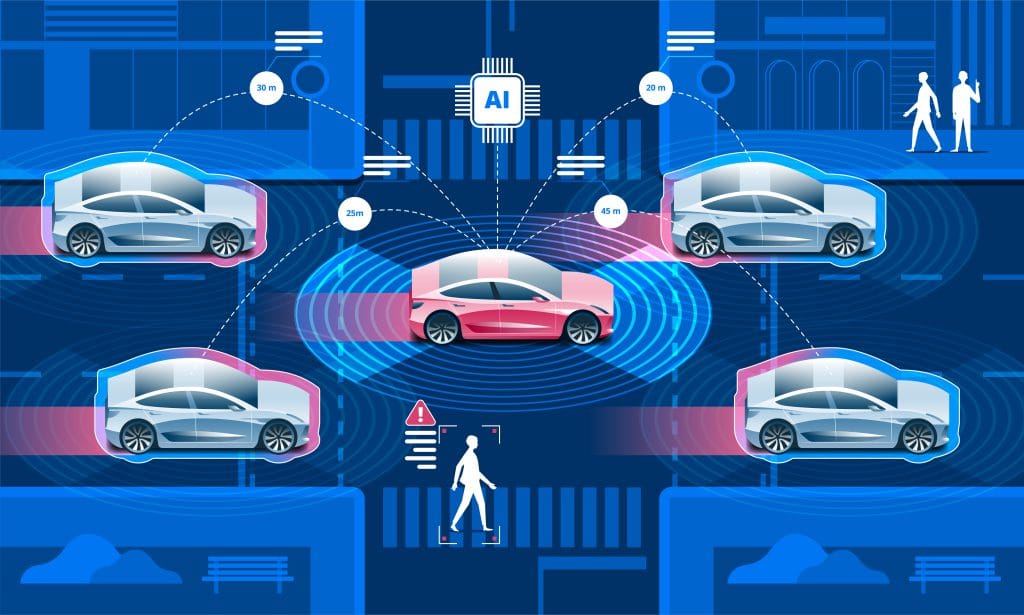How to Incorporate Maritime into STEM Courses
This 22-page paper, provided by the Southeast Maritime and Transportation (SMART) Center, discusses incorporating maritime into STEM courses. The paper includes a background of the maritime industry, reasons to incorporate maritime into courses, ideas and approaches for incorporation, and resources to implement maritime inclusion in courses. Main topics include the following: What is Maritime, Workforce […]
How to Incorporate Maritime into STEM Courses Read More »


